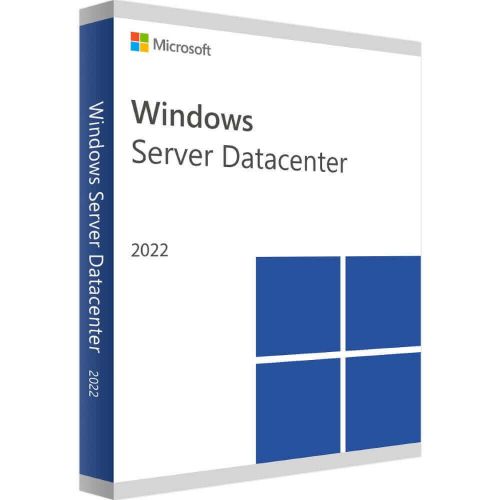Windows Server 2022 DataCenter
Description
An Overview of Windows Server 2022 Datacenter Innovations
Windows Server 2022 Datacenter is finally available with advanced multi-layer security, hybrid Azure capabilities, and a flexible application platform.The inbuilt secure-core feature protects hardware, firmware, and Windows Server capabilities. Let us explore the new features of Windows Server 2022 Datacenter Edition.

What’s new in Windows Server 2022 Datacenter
Windows Server 2022 Datacenter Edition is a step above the Standard Edition and is intended for highly virtualized datacenters and cloud environments. Although Hotpatching is not available, it does include Software-defined Networking. The Datacenter edition includes the Storage Spaces Direct feature as well as unlimited Storage Replica. It also has some innovative features, which we will expose below
Software Defined Networking (SDN)
Software Defined Networking enables you to configure and manage physical and virtual network devices such as routers, switches, and gateways in your Windows Server datacenter 2022. You can use your existing SDN-compatible devices to achieve greater integration between the virtual and physical networks. Virtual network elements such as Hyper-V Virtual Switch, Hyper-V Network Virtualization, and RAS Gateway are designed to be critical components of your SDN infrastructure.

Containers
Among the platform enhancements for Windows Containers are application compatibility and the Windows Container experience with Kubernetes. Windows Server 2022 Datacenter reduced the size of the Windows Container image by up to 40%, resulting in a 30% faster startup time and improved performance.

Storage Migration Service
Storage Migration Service improvements in Windows Server 2022 make it easier to migrate storage from multiple sources to Windows Server or Azure. When the Storage Migration Server orchestrator is running on Windows Server 2022, users can migrate local users and groups to the new server, relocate storage from failover clusters, migrate to failover clusters, migrate between standalone servers and failover clusters, and even migrate storage from a Samba-enabled Linux server.






